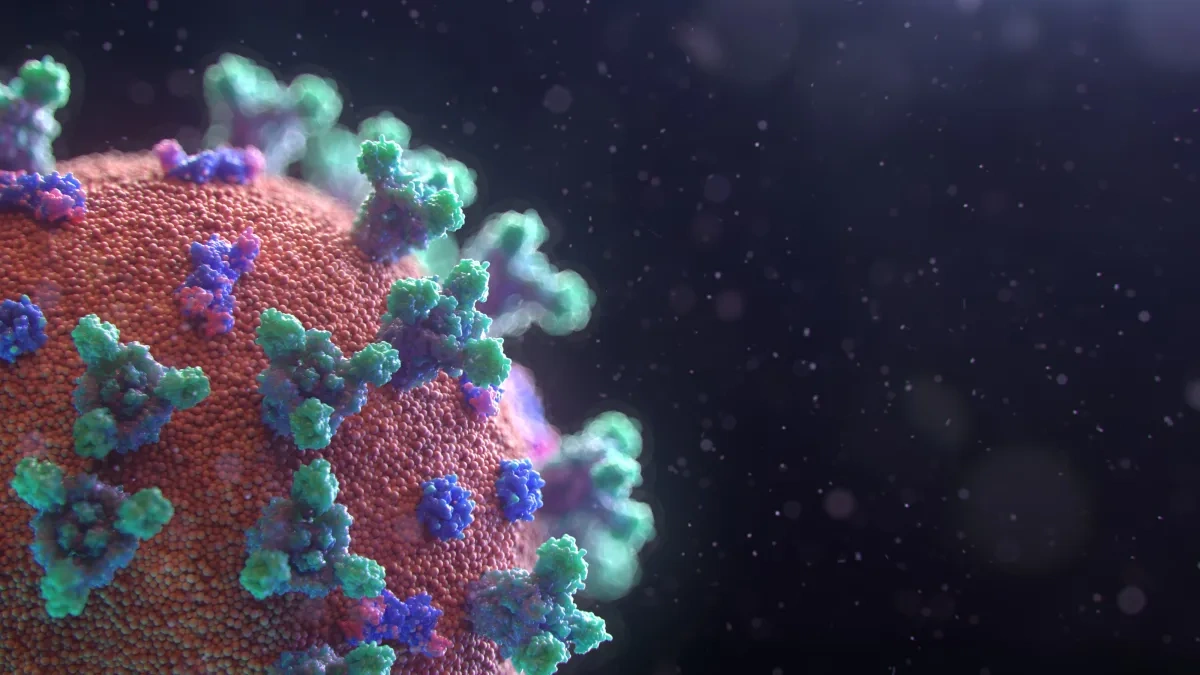

DCU Researchers develop Machine Translation Systems trained in COVID-19 data
Over the last 4 months, a global conversation has exploded around the COVID-19 pandemic. As we learn more about the effects and the possible treatments of the virus, medical professionals and the general public are eager to receive up to date and accurate information. This information must be timely and must be multilingual. Given the volume of information required, relying on human translation is not always pragmatic in terms of time and costs. Machine Translation systems can play a big role in empowering the public by enabling access to timely and relevant translations.
In their paper entitled “Facilitating access to Multilingual COVID-19 Information via Neural Machine Translation”, MT experts in the ADAPT Centre (the world-leading SFI research centre) led by Deputy Director of the Centre Prof. Andy Way, Professor of Computing at DCU, describe their developments in building a suite of 8 NMT systems for anyone to use to help translate COVID related information published in German, French, Italian, Spanish into English as well as the reverse direction. The paper available HERE and at arxiv describes the data, system-building process and automatic human investigations of the quality of the systems in comparison with well known online systems.
To make this vital translation service widely available, The MT team have enabled online public access to the systems at the following link http://covid19-mt.computing.dcu.ie/ where users can select their language source and target translation via a drop-down menu, and paste their desired text into the source panel. The language appropriate MT server carries out the translation, and the translation is instantaneously retrieved to appear in the source panel.
The ADAPT team that brought this project to life consists of Prof. Andy Way, Rejwanul Haque, Guodong Xie, Federico Gaspari, Maja Popovic, Alberto Poncelas. The team has been tracking both usage and translation requests to learn more about the value and impact of these systems over time and are seeing positive traction in terms of translation requests.
